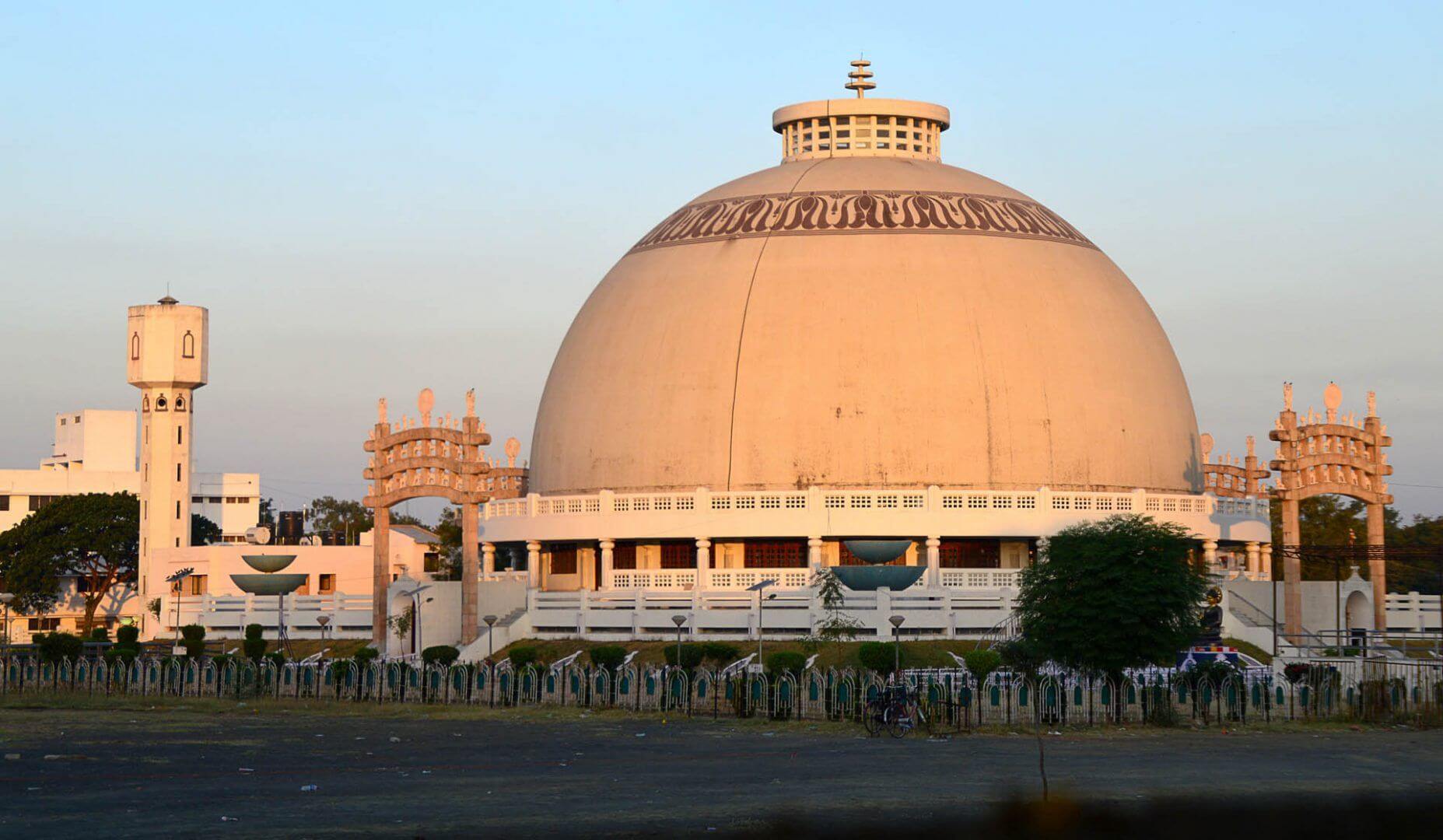Following the violent confrontations between the Hindu and Muslim factions, Nagpur, one of the biggest cities in Maharashtra, has been put under indefinite curfew. The recent unrest revolving around Aurangzeb’s tomb has already led to several injuries, violent arrests, constructive damage, and unrest over public property. As of now, the authorities are trying to control the situation while also ensuring the safety of the public.
The Triggering Incident
The violence in Nagpur resulted from Hindu nationalist organization demonstrations, the VHP and Bajrang Dal, demanding the removal of Aurangzeb’s tomb. The demonstrators escalated the conflict by setting fire to an effigy of the Mughal ruler, thus deepening the already fractured communal divide. On the other side, the Muslim groups supporting the movement mounted counter demonstrations, which further escalated into stone pelting skirmishes.
Fueling the fire, several reports suggesting vandalism of sacred texts during the protests sparked the already heated situation. This, in turn, resulted in fighting across large swathes of Nagpur which forced the police to intervene. A minimum of 34 police personnel and 5 civilians were injured in the violent episodes and multiple cars alongside shops were also vandalized and set on fire.
Government Actions and Enforcement of Curfew
Given the increasing deterioration of law and order, the Maharashtra government has imposed prohibitory orders under Section 144, which bans public movements in parts of Nagpur. At least 50 individuals believed to be part of the violence have been detained, and some security forces have already been deployed in sensitive areas to control further outbreaks.
Violence was also condemned by Maharashtra Chief Minister Devendra Fadnavis, who along with other leaders called upon both communities to exercise restraint. He further added that no one group should take the law into their hands and promised strict action would be taken against those who attempt to disturb the peace.
Effects Of Life in Nagpur City
The curfew imposed still has altered life in Nagpur, with public places, educational institutions, and businesses along with public transport coming to a standstill. Security has led to the suspension of school and college examinations, and there has also been a massive drop in market attendance by various shoppers and traders. Citizens have been asked to remain in their homes, and parts of the city have had their internet cut so as to control the spread of false information.
Locally owned companies, especially in the more exposed areas, are facing tremendous difficulties as this is now becoming a long term problem. The shop owners in Nagpur raise concern over the future of the clashes along with the expectation that previous incidents combined with these problems may lead to businesses closing down for an extended period of time.
Political Sentiment and Responses
The occurrence has elicited responses from different political heads within the nation. Some right-wing groups, for example, support the retrieval of Aurangzeb’s tomb while opposition politicians have lambasted the government for not preventing the clashes. There is a school of thought that suggests such incidents underscore heightened communal tensions within India’s society which seem to have been fueled by political and ideological motives which is indeed the case.
In Nagpur, residents seem to have been polarized in their opinions. On one hand, there are those who support the protests viewing the actions as justified in light of historical grievances stemming from Aurangzeb’s rule. Others feel that such demonstrations are bound only to stir up communal tensions. Most citizens wish to see calm restored and are calling upon leadership to facilitate a resolution that involves negotiation rather than conflict.
Factors that will Affect Nagpur in the Future
Historically, Nagpur has been regarded as a city where people of different backgrounds and cultures live harmoniously together. This recent occurrence, however, does not bode well for the city’s future communal peace. Community leaders have started calling for engaging inter-community dialogues aimed at resolving disputes and bridging gaps between residents for greater social cohesion.
The focus area of patrolling, contact with local leaders, and further steps being undertaken have been heightened in Nagpur towards establishing peace and restoring normalcy. They have also resorted to regulating free speech laden with misinformation and hate due to its incendiary nature concerning these disputes.
Conclusion
The events that occurred in Nagpur depict the increasingly volatile state of social relationships in India. Citizens must be mindful to not subscribe to reckless ideological narratives, however, while authorities are containing the situation, it is their responsibility to deal with the violence as well. It is hoped that stability can soon allow the curfew imposed on Nagapur to be lifted, restoring the city’s pattern of life.
At this moment, residents of Nagapur are requested to follow the instructions issued by law enforcement and stay up to date with credible information. It will be interesting to see how coordinated the government and civil society are in preventing unrest and maintaining the vibrancy of the city in the upcoming days.
Read the full report here!
Do you want to read more blogs like this? Follow Current Scope now!



